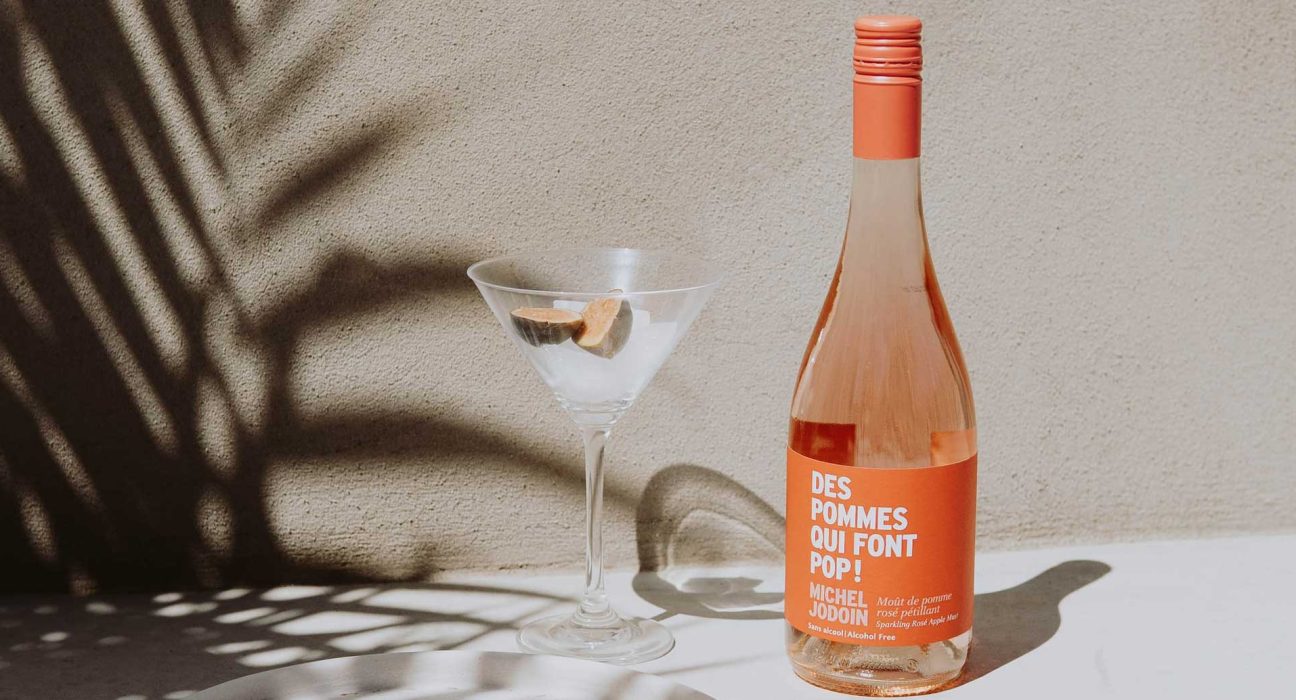What is XXL Wine and How Does It Differ from Regular Bottled Wine?
In the world of wine, the bottle size is often more than just a matter of volume—it influences storage, aging potential, aesthetic appeal, and even pricing. One intriguing category that has been gaining popularity among wine lovers, collectors, and event hosts alike is XXL Wine. But what exactly is XXL Wine, and how does it differ from the standard 750ml wine bottles we commonly see on store shelves? This article delves into the definition, history, pros and cons, use cases, and key differences between XXL Wine and regular wine bottles, with a detailed comparison table to help readers make informed choices.
I. What is XXL Wine?
“XXL Wine” generally refers to large-format wine bottles that are significantly bigger than the standard 750ml bottle. These bottles range in size from 1.5 liters (Magnum) to as large as 30 liters (Melchizedek). The term “XXL” is not a technical classification but a marketing-friendly way to refer to oversized bottles, often used in promotional materials and retail categories.
Common XXL Bottle Sizes:
| Name | Volume | Equivalent to Standard Bottles |
|---|---|---|
| Magnum | 1.5 L | 2 bottles |
| Jeroboam | 3 L | 4 bottles |
| Rehoboam | 4.5 L | 6 bottles |
| Methuselah | 6 L | 8 bottles |
| Salmanazar | 9 L | 12 bottles |
| Balthazar | 12 L | 16 bottles |
| Nebuchadnezzar | 15 L | 20 bottles |
| Melchior | 18 L | 24 bottles |
| Melchizedek | 30 L | 40 bottles |
These XXL bottles are often used for celebratory occasions, cellaring, or as collectible showpieces.
II. Historical Background of Large Format Bottles
Large-format bottles have a long history in winemaking and wine culture. In ancient times, amphorae were used for both storage and transport. Modern naming conventions for large wine bottles often draw from biblical kings—such as Nebuchadnezzar and Methuselah—to emphasize their grandeur.
Winemakers, particularly in regions like Champagne, Bordeaux, and Napa Valley, have embraced XXL formats not just for visual impact, but also for their unique aging qualities. Some of the world’s most prestigious wines are bottled in Magnum or larger formats for limited release.
III. Key Differences Between XXL Wine and Regular Bottled Wine
| Feature | Regular Wine Bottle (750ml) | XXL Wine Bottle |
|---|---|---|
| Volume | 750ml | 1.5L to 30L |
| Aging Potential | Standard aging curve | Slower aging; longer longevity |
| Oxidation Rate | Higher due to more air contact | Lower due to liquid-to-air ratio |
| Storage Needs | Compact, standard wine racks | Requires special shelving or stands |
| Portability | Easy to carry & serve | Heavy, may need tools or help |
| Price Per Liter | Often higher | Typically more economical per liter |
| Visual Appeal | Classic wine aesthetic | Impressive; ideal for display |
| Limited Editions | Regular offerings | Often produced in limited quantities |
| Environmental Impact | Lower (less packaging) | Higher glass and transport footprint |
IV. Advantages of XXL Wine
- Enhanced Aging: The reduced oxygen-to-wine ratio slows oxidation, allowing for a smoother and more elegant aging process.
- Aesthetic and Prestige Value: XXL bottles make a bold visual statement at events and are often centerpieces at weddings, corporate gatherings, and celebrations.
- Better Value in Bulk: Per-liter pricing on larger bottles is generally more economical.
- Rarity and Collectability: Large-format bottles are often produced in smaller quantities, making them more desirable for collectors.
V. Disadvantages of XXL Wine
- Storage Challenges: Requires custom storage solutions due to size and weight.
- Serving Difficulty: Larger bottles may need decanting and are harder to pour without a stand or assistance.
- Limited Availability: Not all wines are available in XXL formats.
- Transport and Shipping: More fragile and costly to ship due to weight and dimensions.
VI. When to Choose XXL Wine Over Regular Bottles
- Celebrations & Events: Ideal for serving large groups; one 6L Methuselah can serve over 40 glasses.
- Cellaring & Aging: Choose for long-term storage and aging potential.
- Gifts & Collectibles: Make an impression with a showpiece bottle.
- Cost Efficiency: For frequent wine drinkers or restaurants, XXL bottles offer better per-unit value.
VII. Popular Wine Types Available in XXL Bottles
- Champagne & Sparkling Wines: Celebratory wines often use large formats.
- Bordeaux Reds: Known for aging well in magnum and above.
- Napa Valley Cabernet Sauvignon: Frequently released in Magnum formats.
- Super Tuscans and Barolo: Italian prestige wines found in large bottles.
XXL Wine is more than just a novelty—it’s a strategic and celebratory choice for wine lovers who appreciate both aesthetics and long-term value. While regular 750ml bottles remain the standard for everyday enjoyment, XXL Wine opens up a world of possibilities for those looking to elevate their wine experience. Whether you’re aging a prestigious Bordeaux or impressing guests at a wedding, these large-format bottles offer unparalleled charm, utility, and distinction.
Before purchasing, consider your storage capabilities, serving needs, and the event context. When used wisely, XXL Wine can turn any occasion into a grand celebration and add long-lasting value to any wine collection.
